Features
● Standard size Φ19 × 15mm
● High accuracy and reliability
● Stainless steel 316L housing
● Stainless steel 316L wetted parts
● 0-70°C temperature compensation range
● Isolated construction, able to test various media
● Range from low pressure 0.1 bar to high pressure 1000 bar
Descriptions
SS100 series isolated OEM pressure transducer covers all pressure ranges from 100 mbar to 1000 bar (10 kpa to 100 mpa). A high-sensitivity piezoresistive silicon chip is used for pressure sensing. The chip is protected against ambient influences by a stainless steel housing sealed with a concentrically corrugated diaphragm. The housing is filled with silicone oil so as to ensure the transfer of the pressure from the diaphragm to the sensing component.
Several millions of these pressure transducers are in use world-wide in a variety of different applications. Main fields of applications are: level technology, pneumatic, hydraulics, avionics, etc.
|
Range |
-1.0 to 0 |
-0.35 to 0 |
-0.2 to 0 |
-0.1 to 0 |
0 to 0.1 |
0 to 0.2 |
|
0 to 0.35 |
0 to 1.0 |
0 to 2.5 |
0 to 4.0 |
0 to 6.0 |
0 to 10 |
|
|
0 to 16 |
0 to 25 |
|
|
|
|
|
Range |
0 to 1.0 |
0 to 2.5 |
0 to 4.0 |
0 to 6.0 |
0 to 10 |
0 to 16 |
|
0 to 25 |
0 to 40 |
0 to 60 |
0 to 100 |
0 to 160 |
0 to 250 |
|
|
0 to 400 |
0 to 600 | 0 to 1000 |
|
|
|
Range |
0 to 10 | 0 to 16 | 0 to 25 | 0 to 40 | 0 to 60 |
0 to 100 |
| 0 to 160 | 0 to 250 | 0 to 400 | 0 to 600 | 0 to 1000 |
|
Further information --- The difference between absolute and gauge pressure
To select the right pressure sensor for a specific application, first of all, the type of pressure measurement has to be considered besides the pressure range. Pressure sensors measure a certain pressure in comparison to a reference pressure and can be divided into absolute, gauge and compound devices. These terms will be explained on the basis of sendo sensor’s piezoresistive pressure sensors.

Absolute pressure
Absolute pressure is referred to the vacuum of free space (zero pressure). In practice absolute piezoresistive pressure sensors measure the pressure relative to a high vacuum reference sealed behind its sensing diaphragm. The vacuum has to be negligible compared to the pressure to be measured.
Gauge pressure
Gauge pressure is measured relative to the ambient atmospheric pressure. The average atmospheric pressure at sea level is 1013.25 mbar. Changes of the atmospheric pressure due to weather conditions or altitude directly influence the output of a gauge pressure sensor. A gauge pressure higher than ambient pressure is referred to as positive pressure. If the measured pressure is below atmospheric pressure it is called negative or vacuum gauge pressure. In general a vacuum is a volume of space that is essentially empty of matter. According to its quality vacuum is divided into different ranges such as e.g. low, high and ultra high vacuum. Gauge pressure sensors only offer one pressure port. The ambient air pressure is directed through a vent hole or a vent tube to the back side of the sensing element and thus compensated.
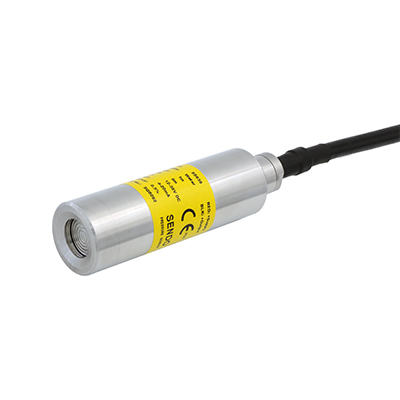 Submersible pressure transducer
Submersible pressure transducer
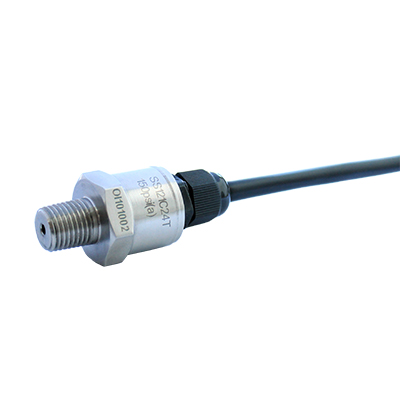 media isolated oem pressure transducer
media isolated oem pressure transducer
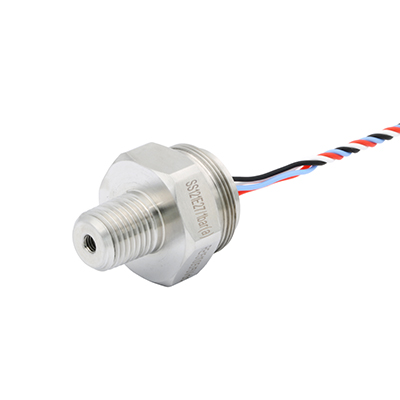 Piezoresistive transducer
Piezoresistive transducer
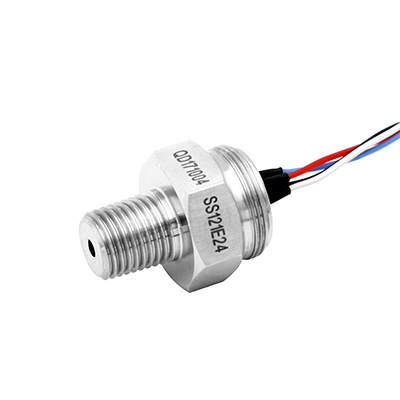 Piezoresistive standard pressure transducer
Piezoresistive standard pressure transducer
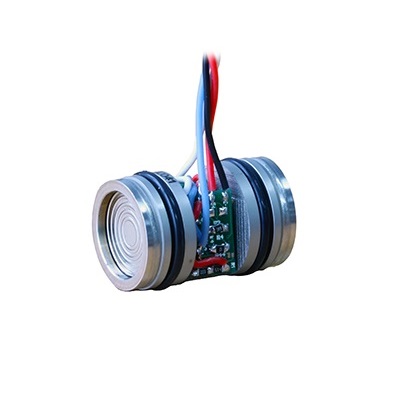 Piezoresistive differential pressure transducer
Piezoresistive differential pressure transducer
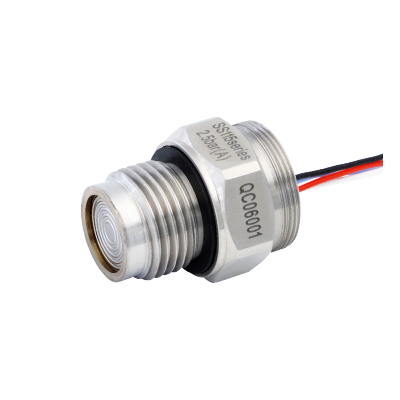 Flush pressure transducer
Flush pressure transducer
 Flush diaphragm pressure transducer
Flush diaphragm pressure transducer
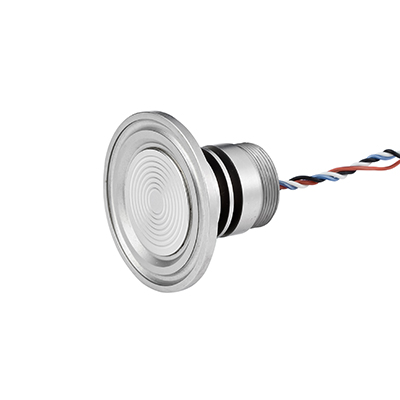 Sanitary pressure transducer
Sanitary pressure transducer
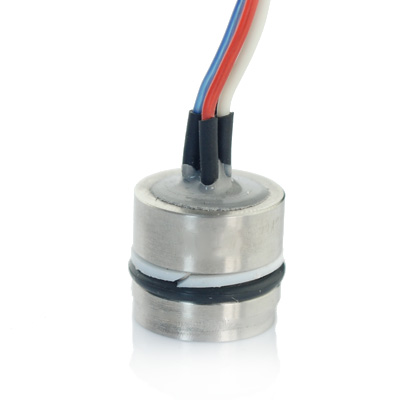 Piezoresistive capsule
Piezoresistive capsule
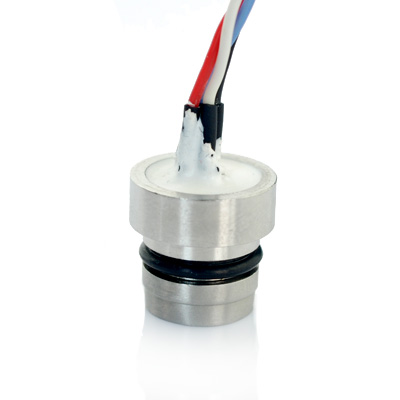 Piezoresistive pressure cell
Piezoresistive pressure cell
 Silicon piezoresistive pressure sensor
Silicon piezoresistive pressure sensor
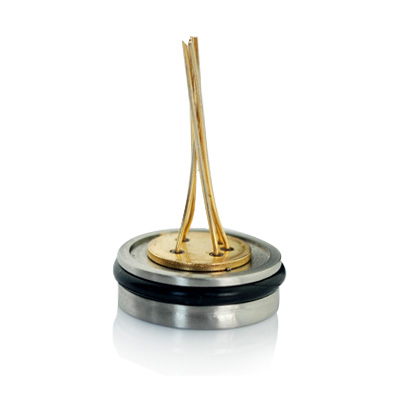 Piezoresistive OEM capsule
Piezoresistive OEM capsule
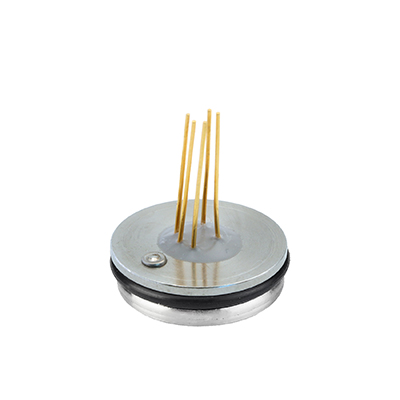 Media isolated pressure sensor
Media isolated pressure sensor
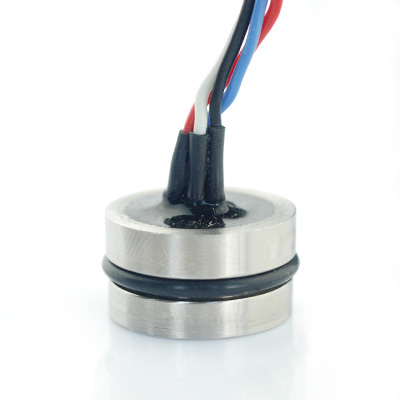 Piezoresistive sensing capsule
Piezoresistive sensing capsule
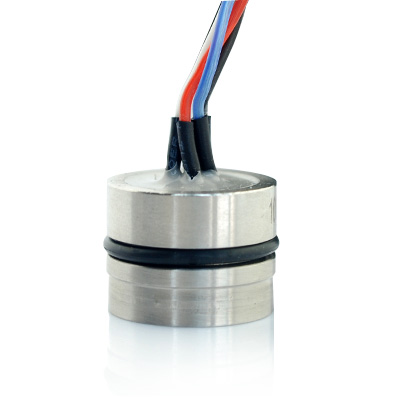 Isolated OEM pressure transducer
Isolated OEM pressure transducer
 Piezoresistive ceramic pressure sensor
Piezoresistive ceramic pressure sensor
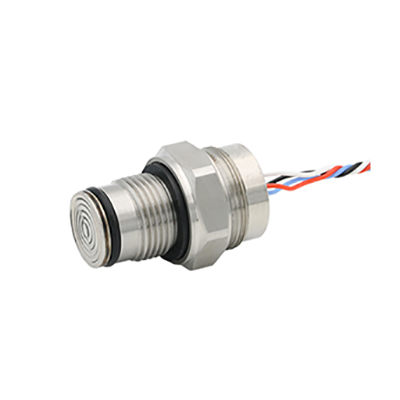 Flush mount pressure transducer
Flush mount pressure transducer
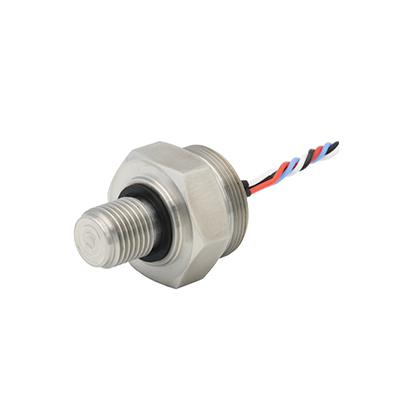 Miniature flush diaphragm pressure transducer
Miniature flush diaphragm pressure transducer
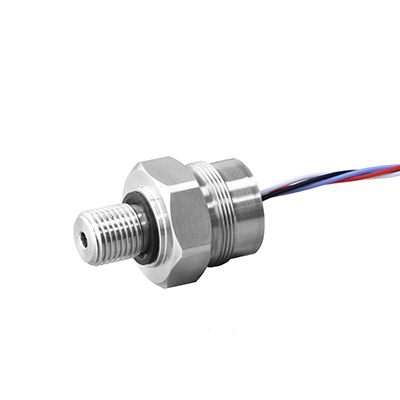 Piezoresistive pressure transducer
Piezoresistive pressure transducer
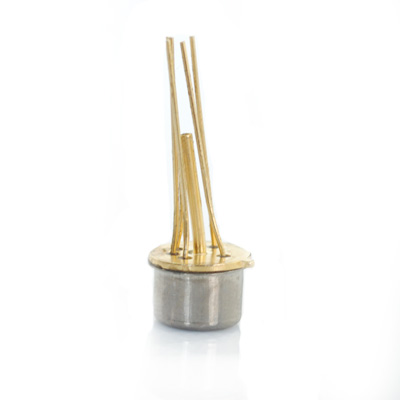 TO-5 type pressure sensor
TO-5 type pressure sensor
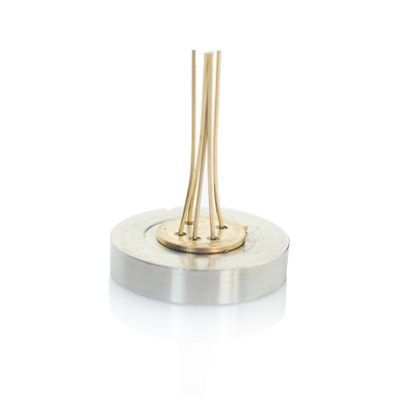 low cost piezo-resistive pressure transducer
low cost piezo-resistive pressure transducer
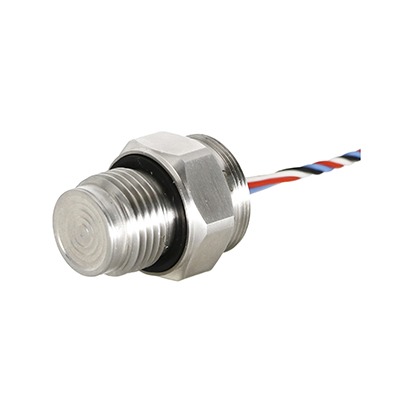 Flush membrane pressure transducer
Flush membrane pressure transducer
 Miniature pressure transducer
Miniature pressure transducer